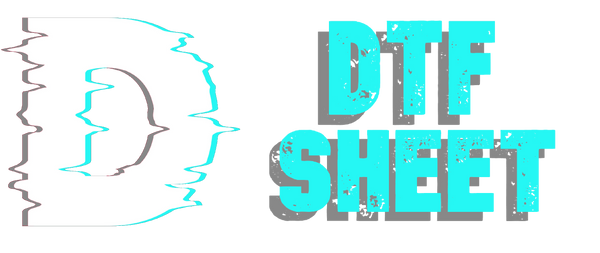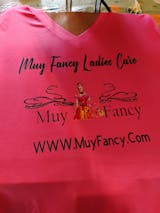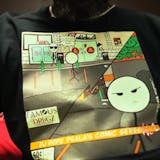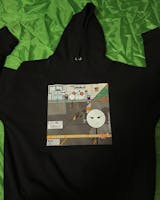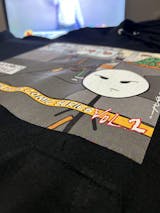DTF transfer is one of the innovative and digital printing methods leading the printing industry. There are some frequently wondered questions about this printing method. Since it is still used as a new printing method, it is important to focus on some questions. Below you can find frequently asked questions and answers about this printing method.
What is DTF Printing and How Does It Work?
DTF printing stands for Direct to Film and is a digital printing method. It works by printing a digital design on a special film layer. The design is then transferred to the printing material and turned into a print. This printing method is preferred because it provides high resolution, durability and vibrant color. There are some steps in the working process and they must be followed in order. First, the design is prepared digitally and printed on printing film. Transfer from this film to special transfer paper and finally pressing is done.
Which Materials Can DTF Printing Be Applied to?
DTF printing can be applied to a variety of materials as it offers flexible use. In particular, materials such as cotton fabrics, denim, artificial leather, polyester and nylon are the most commonly applied materials. On the other hand, it can also be applied on PVC and leather materials. Therefore, it can be applied on promotional products, hats, t-shirts, sweatshirts, sweatshirts, bags and sportswear.
How Many Products Can Be Printed With DTF Printing?
We can say that it is possible to print an unlimited number of products with DTF transfer. DTF printing produces very successful results in small, medium or large-scale printing. It is also a suitable printing method for single pieces. On the other hand, it can also be applied for high quantity print orders. However, production efficiency depends on the capacity, efficiency and number of products. This is because professional DTF printers can print faster and simultaneously.
How to Care for Products Produced with DTF Printing?
The maintenance of products produced with DTF transfer method is an important issue. Because it is a special printing method, it is necessary to follow the correct instructions. Products produced with this printing method can usually be turned upside down and thrown into the washing machine. On the other hand, it is normal to wash clothes or textiles with warm or cold water. No detergent containing heavy chemicals should be used for cleaning the product. On the other hand, the ironing temperature should be low.
Which Design Elements Can Be Applied in DTF Printing?
Many design elements can be applied in DTF transfer printing. Different elements such as shaded effects, photo prints, patterns, logos, texts, drawings and gradients can be used. This diversity even makes the designs look more professional.
How Many Colors Are Used in DTF Printing?
Various colors can be used in DTF printing. For this reason, it is more suitable to use this printing method in multi-color designs. Printing machines immediately detect multiple ink colors and apply them at the same time. However, it is necessary to make color transitions precisely.
How to Make Precise Color Transitions in DTF Printing?
Color transitions are important in the DTF printing process. It is recommended to use gradient or fade effects for precise color transitions. These effects offer more remarkable and visually rich prints.
How Durable Are Products Made with DTF Printing?
Excellent results are achieved if durable and special inks and professional printers are used in DTF printing. When durable prints are produced, it is possible to use textiles for a long time. Because special printing materials prevent the colors of the prints of the products from fading.
